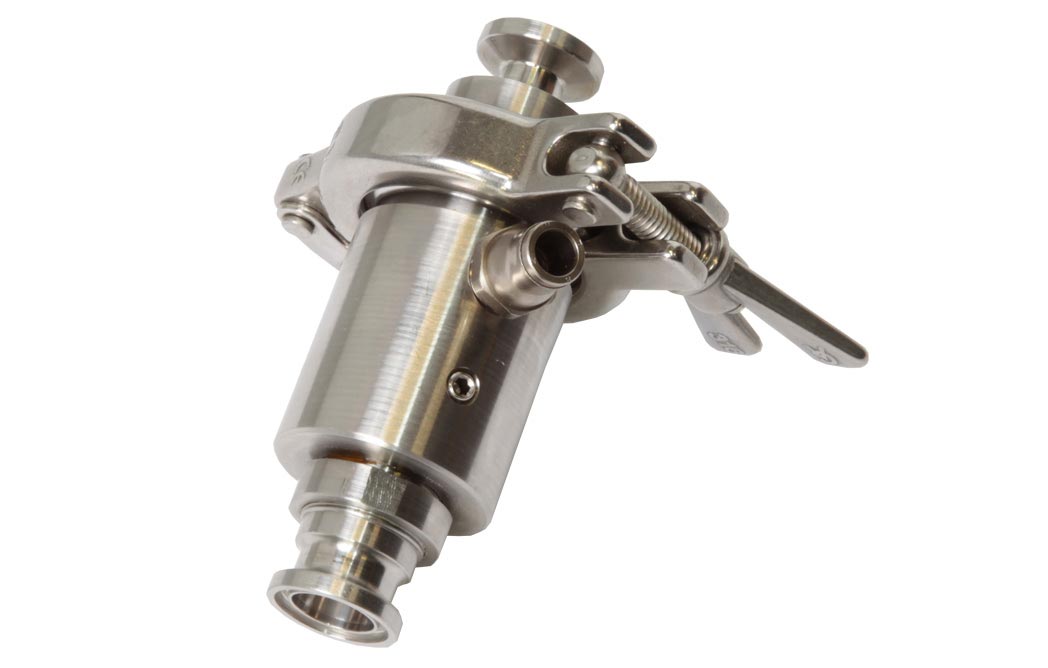The need for real time particle size measurement of cement
Traditionally between 1-2% of the world’s energy is used grinding cement to an appropriate usable size suitable for its final application. The mills used to grind the cement are by and large inefficient but there is no other economic method available to achieve the goal of size reduction. For many years the measurement of particle size distribution in the laboratory was one of the key quality parameters used in the quality control of cement.
It superseded (the Blaine method) which traditionally was used to predict the compressive strength of the product and can also indicate the effectiveness of the milling process. The move from making infrequent measurements (after the event) in the laboratory, to measuring the cement in real time, on-line at the process provides many benefits. Not only does this ensure high quality product is produced all the time but it also results in energy cost savings and can increase throughput for those plants that are already working at their nominal capacity. Automation of the process, results in increased productivity by minimising over-grinding and reducing the proportion of off-specification product during product changeovers.
The need for control
When cement is milled to the appropriate fineness for the grade, a degree of insurance over-grinding takes place in order to be sure it is in specification. The reason for this is that typically samples are measured for fineness in the lab every 2 hours.
In that time the cement may be underground and need to be re-worked due to being too coarse. The main advantage of an on line fineness sensor is the ability to measure key parameters every 5 seconds producing a rolling 2 minute average. By closing the loop and automating the separator such that in spec product is produced all the time, the energy expended in insurance over grinding is thus eliminated. An added advantage is that the residence time of the cement in the mill is reduced such that throughput can be increased by 5%. For a plant operating at full capacity, an extra 5% can result in a payback time of less than 3 months and a plant not operating at full capacity, the reduced energy costs can result in a payback time < 1 year. Other advantages include, laboratory work load being decreased. A lower response time when changing quality, avoiding silo contamination and a lower standard deviation in cement fineness leads to a more stable product in terms of the short and long term compressive strength.
On-line real-time particle size measurement system
Generally we can say that if a cement plant has a capacity < 50 Tonnes/Hour then a simple system incorporating only a single sampling eductor is required. A primary auger must be used to extract a representative quantity of sample, which can thence be sub-sampled for greater quantities of cement.
The primary sample is extracted from a transition point (typically a gravity chute) at the end of the cement air slide by means of a variable speed auger. Up to 10 kg of cement / hour is then sub-sampled from the gravity chute by means of an eductor which aspirates the product through a ceramic lined sampling probe which transports the cement to the flow cell where the size is determined by laser scattering. Measurement of the cement is made by the Xoptix laser based fineness sensor. This is similar to sensors used on laboratory systems but uniquely it is built inside the optical bench producing a much more stable system, resistant to the intense vibrations occurring in a cement plant environment. As particles pass through the laser beam, light scattered is collected by the receiver lens and focused onto a detector where it is scanned at high speed, recorded and digitized for continuous real-time analysis. The sample returns to the main cement line, via a ceramic lined return. Real time fineness distributions are attained and key parameters such as the %< 32µ, >45µ and %>63µ are compared to the optimal values and then two user settable 4-20 mA control outputs implement control of the separator.
A perfect fusion of proven design and latest technology. Quite simply, the most compact, rugged, best performing in-process particle size analyzers at a fraction of the cost of competitors systems.











